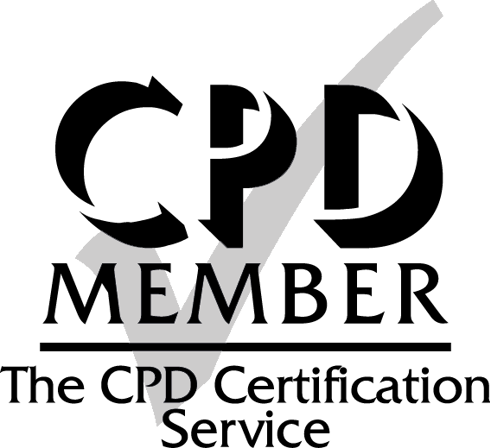Background: Identifying CTP-defined eloquent regions linked to poor outcomes may aid personalized EVT selection for LVO stroke. This study examined the relationship between hypoperfusion and NIHSS deficits.
Methods: Patients with anterior circulation LVO, baseline CTP, and itemized NIHSS at presentation and 24 hours were analyzed using e-CTP (Brainomix, UK). Hypoperfusion (Tmax >6s) and penumbra were mapped to NIHSS subitems via voxel-lesion-symptom analysis.
Results: Among 171 patients, total NIHSS correlated with hypoperfusion in the left frontal cortex and subcortical tracts. Limb deficits mapped to motor regions, while language impairment linked to the left frontal cortex and superior temporal gyrus. Recovery-associated voxels were symmetrical and subcortical, with penumbra voxels showing smaller but similar associations.
Conclusions: Hypoperfusion-to-symptom mapping is feasible and may refine EVT decisions by targeting specific neurological deficits.












